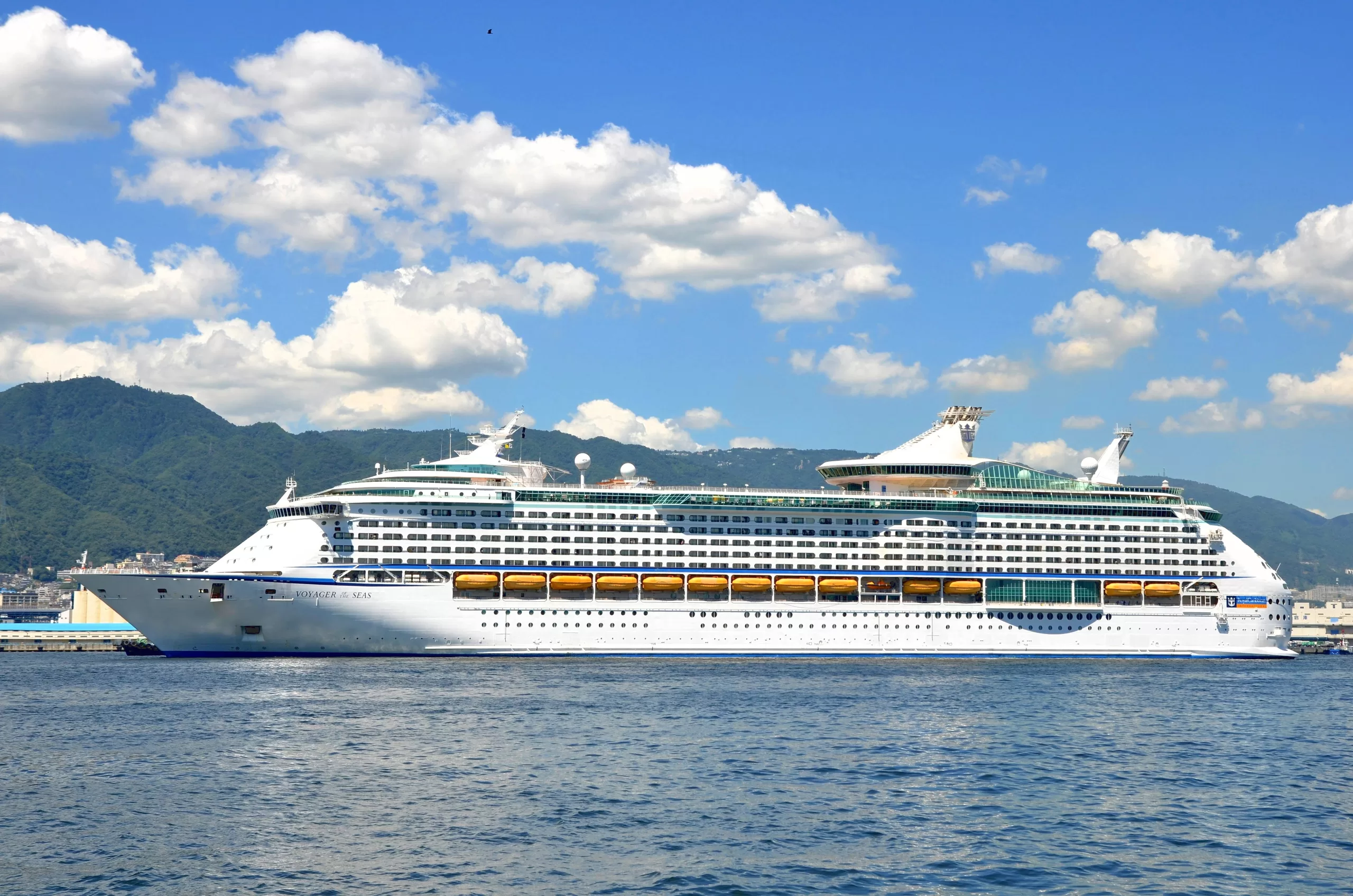Understanding the Adventure
Sailing around the world is a thrilling adventure that requires careful preparation, not just in terms of logistics but also mentally. The solitude of the sea can be profoundly peaceful but also challenging. It’s crucial to prepare for potential loneliness and consider bringing onboard materials to occupy your mind during long periods of inactivity. Seasickness is another common challenge; some sailors find relief through acclimatization, while others rely on medication. Building up resilience through shorter trips can help make the transition to life on the water easier.

Best Time to Sail
Your departure time will significantly depend on your chosen route. The Trade Wind route, for instance, is often tackled starting from the Canary Islands between November and February. An understanding of global weather patterns is critical, and it’s essential to avoid hurricane and monsoon seasons. Detailed meteorological data can be an invaluable tool in planning your departure.
Choosing the Right Boat
The choice of boat can make or break your adventure. Monohulls, for example, offer a traditional sailing experience and better upwind performance. Multihulls, however, offer more stability and living space. Examples of reliable circumnavigation models include the Hallberg-Rassy 42F monohull and the Catana 50 catamaran.
Essential Equipment for a World Cruise
Navigation and communication tools are vital, with GPS and satellite phones as must-haves. Auto-pilot and radar can also enhance safety. For storage and rationing, consider freeze-dried foods to save weight and space, and a watermaker to convert seawater into potable water.
Building Your Route
Popular routes include the Trade Winds route, Clipper route, and the North Atlantic loop. Each presents unique challenges and attractions. Flexibility is key, and having alternative routes planned can provide safety margins should circumstances change.
Budgeting for Your Journey
Budgets vary wildly based on the boat, route, and personal preferences. However, sailors should budget for boat purchase and maintenance, insurance, food, fuel, canal transit fees, visas, and unexpected expenses. A rough estimate could range from $15,000 to $25,000 per year for a frugal sailor.
Health and Safety at Sea
Sea voyages can lead to medical issues like skin sores, sunburn, dehydration, and more serious emergencies like broken bones. Carrying a well-stocked first aid kit and learning basic medical procedures is critical. Regular exercise routines and a balanced diet also contribute to maintaining health at sea.
Navigating International Waters and Customs
Understanding international maritime law is essential. When entering a country, typically, you’ll need to fly the ‘Q’ flag and report to customs immediately. It’s important to respect and follow the procedures of each country, and hiring an agent can simplify the process.
Life at Sea: Day-to-Day Living and Maintaining Morale
At sea, routine is king. Establishing a daily schedule, including watch times, meals, exercise, and leisure activities can help maintain morale. Mental stimulation is also important, so bring along books, games, or even learn a new skill.
Tales from the High Seas
Reading accounts from seasoned sailors can provide valuable insights. Joshua Slocum’s solo circumnavigation detailed in “Sailing Alone Around the World” or Laura Dekker’s youthful journey in “One Girl One Dream” can offer a vivid picture of life at sea.
Embarking on a sailing journey around the world is no small feat, but with careful preparation, the right mindset, and respect for the sea, it can become a life-changing adventure. As with any grand endeavor, remember that the joy lies not just in the destination, but also in the journey. Happy sailing!
